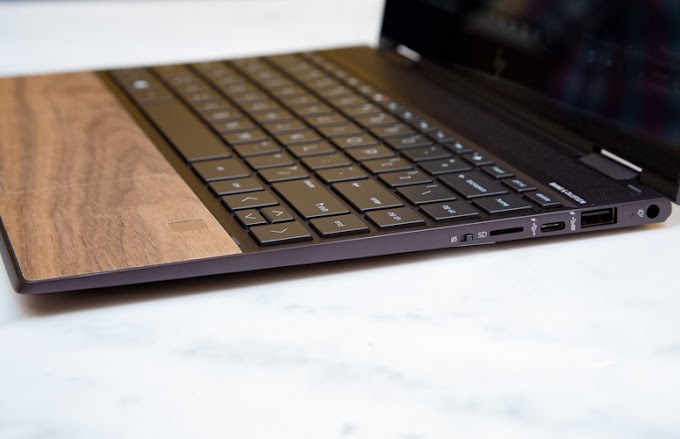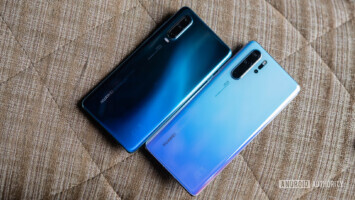Samsung is working on a device that would bake the front-facing camera into the screen and make it hidden from view until it's in use. The feature would be similar to the in-display fingerprint sensor Samsung debuted in the Galaxy S10.Getting to a true full-screen smartphone is no small task. Samsung has gotten close to it with its Galaxy S10 lineup of devices, which feature small punch holes in the screens that house the front-facing camera.
Samsung's device be able to ditch the hole and notch and not use a pop-up selfie camera. Instead, the company would somehow get the front-facing camera lens inside the screen. We've never seen such a feature in action, so it's impossible to say whether it's something that would work well.
It's also worth noting that Samsung reportedly had lots of issues trying to get the in-screen fingerprint sensor working and took a couple of years to get it right before it made its way to the Galaxy S10. It's unclear whether Samsung would face the same problems this time around.
The Galaxy S9 and S10 were officially announced at Samsung Unpacked in February 2018 and 2019 respectively, and then sold in March of the same year. Any deviation – in the case of the Galaxy S8, for example – is usually only by a factor of one month, so we can say with some confidence that the Samsung Galaxy S11 will be shown in February/March of 2020.Samsung has been inching its way towards a true full-screen phone for quite some time. And according to a new report, it might actually be closer to delivering it than some think.
Samsung Galaxy S11 features: What would we like to see?
64MP camera
A post on Samsung's newsroom has people thinking that the S11 could have a 64-megapixel camera. Samsung revealed that it's introducing two new camera sensors for smartphone use: one 48-megapixel and one 64-megapixel.
With this news coming out nearly a year before we expect to see any official announcement, we wouldn't be surprised to see a 64-megapixel camera on the next range of S11 phones.
eSIM
The standardisation of eSIMs for flagship smartphones could do away with so much of the hassle associated with the physical chips. So far, Google’s Pixel 2 and Pixel 3 offer support for eSIM, alongside the iPhone Xs and Xs Max and Samsung Galaxy Note 9 It’s a little surprising to see Samsung neglect the feature. Competitors Apple and Google will almost certainly include eSIM support in the Google Pixel 4 and iPhone 11. What are you waiting for, Samsung?
5G
This might be cheating a bit, given that the Samsung Galaxy S10 5G will launch over the summer here in the UK. But 5G networks are slowly rolling out across the globe, and we’d hate to see the feature limited to specific handsets on contracts with specific providers. Samsung’s next generation of Galaxy smartphones should ideally all offer 5G compatibility as standard.
Bixby, but better
Samsung is dead set on keeping Bixby alive. The Korean manufacturer’s answer to Siri means well, but can sometimes be a little slow on the uptake. It has seen a slew of updates since its inception a few years ago, but we’d like to see further improvements in the voice and image recognition departments.
3.5mm headphone jack
As one of the last bastions of the once-mighty headphone jack, we’re praying Samsung doesn’t bow to collective peer pressure and remove it from the Galaxy S11. Miraculously, the Galaxy S10 held onto the audio port despite launching alongside Samsung’s new Galaxy Buds. The fact that Samsung has now entered the world of wireless earphones, however, may prove to be the nail in the coffin for our 3.5mm friend.
Stay tuned for more updates on Samsung's Galaxy S11 plans as leaks and other details emerge.





0 Comments